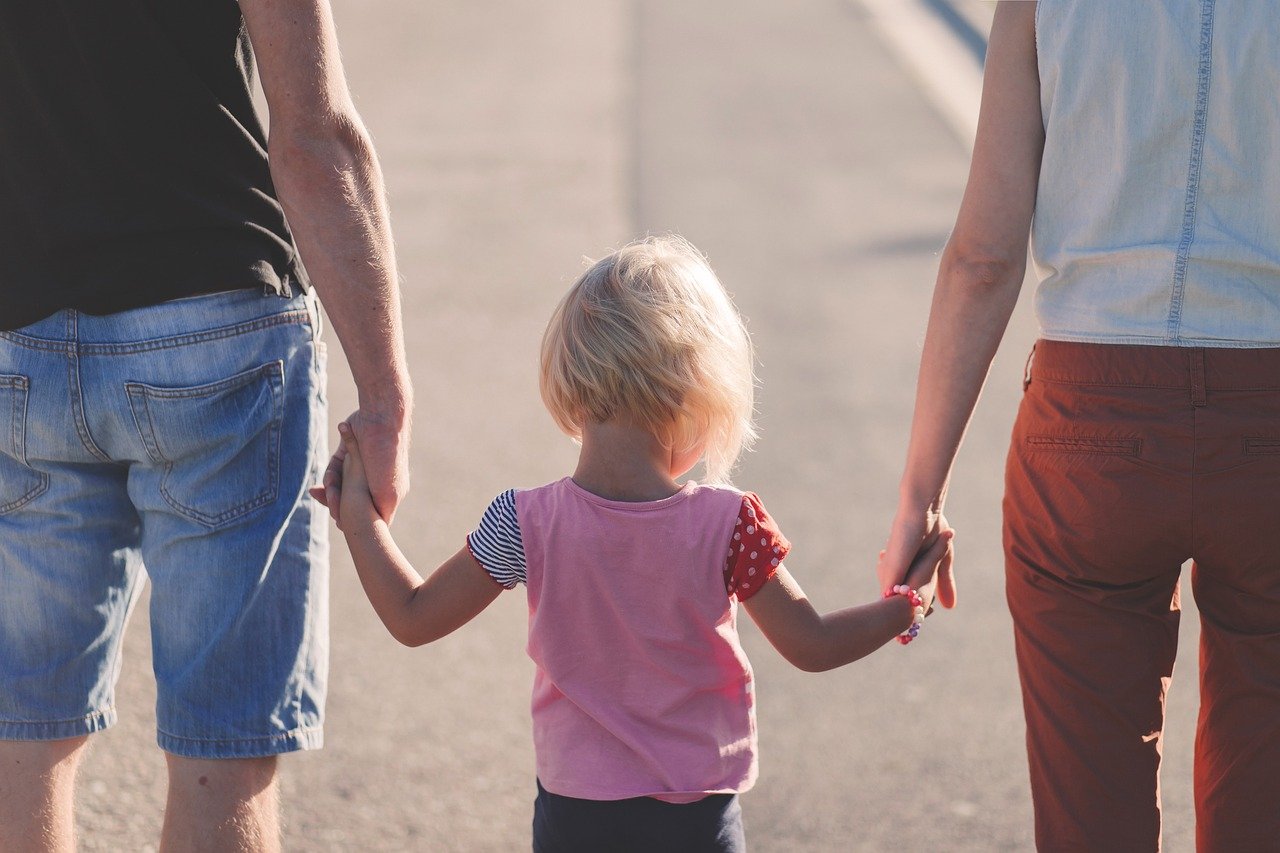A new report from Human Rights Watch (HRW) and the American Civil Liberties Union (ACLU) Thursday revealed that the US child welfare system uses poverty level as a justification for the removal of children from their parents and charges of neglect. The 146-page report calls for immediate attention to an issue that the two organizations claim has a “disproportionate impact on Black and Indigenous families and people living in poverty.”
The report compiled national and state data as well as testimonial evidence to conclude that racial and socioeconomic disparities exist across the US child welfare system. Specific indicators of poverty, such as a family’s inability to pay rent or maintain housing, are labeled as cases of neglect in child welfare investigations. The report found that nearly 75 percent of reported child welfare cases in 2019 involved “neglect.” When officials intervene and remove a children, families are left with little recourse due to conditions of poverty and the lack of due process protections in the US child welfare system.
The report found children were almost twice as likely to be removed from their families in cases involving Black children than in cases involving white children. While Black children account for only 13 percent of the US’s child population, they account for 24 percent of reported “neglect” or child abuse cases. In counties with low rates of poverty, investigation rates for Black families are still higher than those of white families.
The report also found that Indigenous children “enter the foster system at nearly double the nationwide rate.” Indigenous parents risk being separated from their children at nearly four times the rate of non-Indigenous families. The report’s findings are especially relevant as the Supreme Court is expected to hand down a decision in Brackeen v. Haaland next year; the case considers whether Indigenous children should remain within their tribes or pass to non-Indigenous families.
The report urged lawmakers to “rethink the existing approach to child protection and look for ways to expand social safety nets and strengthen families.” The report included nine key recommendations for federal, state and local governments to curb abuse of the child welfare system and prevent child maltreatment. In short, the report stated, “It is time to reimagine the child welfare system.”


